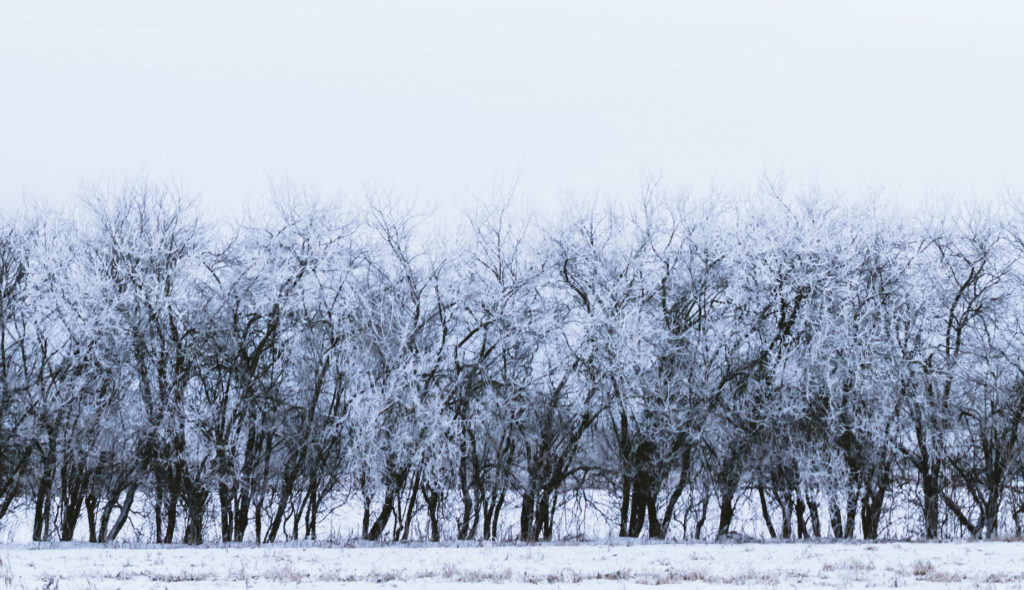How to pour and care for concrete in cold weather
Don’t let chilly weather put a stop to your concrete pour. By making sure you have the best measures in place for pouring, using and caring for concrete in cold temperatures, you can guarantee great strength and appearance despite the challenges the elements pose.
So, whether it’s the grip of winter or just a bit nippy, let’s find out how to pour and look after set concrete in colder weather.

How to pour concrete in cold weather
Because one of concrete’s main components is water, great care should be taken in the first 24 hours to protect it from the chill, or else it might freeze, reducing the final strength of the concrete quite dramatically.
- We all know that the weather forecast isn’t 100% accurate, however, it still might be worth planning ahead and avoiding times when heavy snowfall or below-freezing temperatures are predicted.
- The first rule of pouring concrete in cold weather is to wait for the ground to thaw first – the mixture should never be poured over frosty or icy surfaces. Heaters can help speed this process up. Check any hidden cracks or cavities for frost, too. In order to give your under-surface the best possible chance of remaining frost-free, use thermal blankets or other coverings to keep out moisture.
- Use these same thermal blankets after you’ve poured the mixture to keep it protected and at a constant temperature. Erecting windbreaks may also be a good tactic for reducing the on-site temperature as well.
- Using a professional concrete company, such as Sussex Ready Mix Concrete, can ensure you benefit from expert advice to make your pour a success.
How to care for concrete in cold weather
Many outdoor spaces feature concrete pathways, driveways and patios. And while concrete certainly is a durable, high-strength material, it still needs to be taken care of to ensure it stays in the best possible condition – especially in harsher weather.
Don’t use any de-icers during the first year. That’s because it can take this long for concrete to reach its full strength after it’s been poured and some de-icers may react with the concrete, negatively impacting this process, plus, it also encourages freeze-thaw cycles which can trigger spalling. And even after the first year of being laid, you should avoid de-icers which contain ammonium nitrate and ammonium sulphate,
In icy weather, you may want to put down some material to improve surface grip, and sand is an acceptable material to use that will not damage the concrete.
Sussex Ready Mix Concrete is based in Wivelsfield, but offer concrete contractor services to customers in Haywards Heath, Brighton, Worthing, East Grinstead, Lancing, Uckfield & beyond.
For affordable rates and top-quality mixes, look no further than Sussex Ready Mix Concrete. We’re the region’s number one supplier of bespoke mixes, and we only charge you for the volume you actually use. Our team can also expertly lay concrete at your site to high standards. Get in touch with our friendly team today for a free quote.









